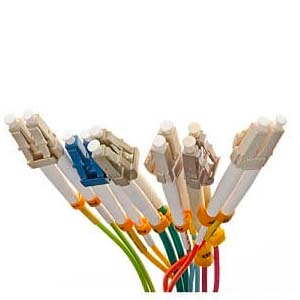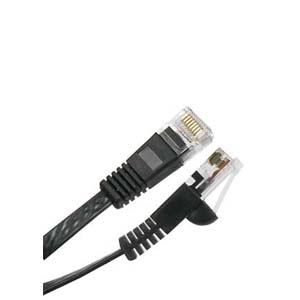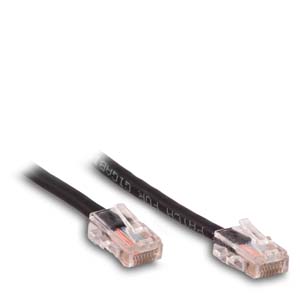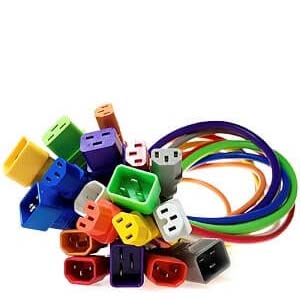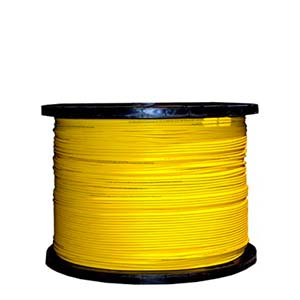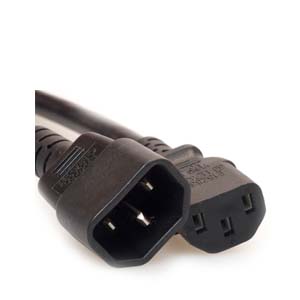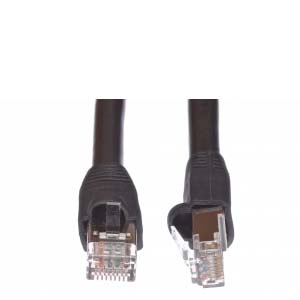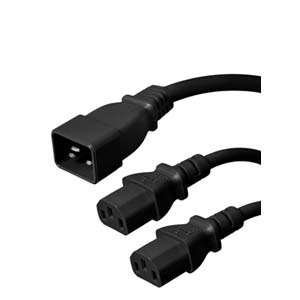Shop Cables for Sale - Fiber Optic Cables, Network Cables, Outdoor Cables, Bulk Ethernet Cables, Cat6 Cables, Cat5 Cables, Cat5e Cables, Crypto Cables and Data Center Cables.
Reducing Radio Interference In Metallic Cable
The world is becoming dependent on wireless connectivity more and more every day, but there’s still plenty of metallic cable to go round. Where it makes sense to use wireless in some situations, in others there’s no doubt that it can pose problems. For example, if you’re an alarm dealer and you have a new burglar alarm to install next to an airport, industrial complex, or government installation, just to name a few, chances are wireless might not be the best choice.
by Vikas Dayal • November 04, 2018
Data Center, Cat5e / Cat6 Cables

The world is becoming dependent on wireless connectivity more and more every day, but there’s still plenty of metallic cable to go round. Where it makes sense to use wireless in some situations, in others there’s no doubt that it can pose problems. For example, if you’re an alarm dealer and you have a new burglar alarm to install next to an airport, industrial complex, or government installation, just to name a few, chances are wireless might not be the best choice.
The reason is the potential for RFI (Radio Frequency Interference)--an old but valid term used by radio techs and engineers--as well as EMI (Electromagnetic Interference). The fact is, whether you use wireless or metallic cable, the high amount of radio signals generated within some installations can cause issues no matter what media you’re using. There are precautions you can take during the pre-wire, however, that will at least minimize the amount of interference you’ll have to deal with later.
The very first step in dealing with potential RFI is to have a conversation with the alarm panel manufacturer’s support team. You may have to work your way up the support ladder until you reach an engineer because this conversation might be outside the range of experience of an average technical support person.
Balanced Versus Unbalanced Metallic Cable
For door switches, most of the time I’m sure that you, as an alarm dealer, install common, ordinary two-conductor cable--some jacketed, some not--where the conductors are on a “global twist.” In this wire type, the conductors are parallel to one another, although they often are as a unit on a slight twist.
The ability for noise rejection in this type of wire is minimal at best. Unlike STP (Shielded Twisted Pair) and UTP (Unshielded Twisted Pair), which are balanced, those with the conductors on a global twist are unbalanced. This includes coaxial cable, such as RG59 and RG6.
The issue of “balanced” and “unbalanced” has everything to do with how twisted conductors inherently cancel outside RFI/EMI. Without going into all the technical details, suffice it to say that the closer the twist (the more twists to the inch), the more noise rejection capability that a cable will possess.
Installing Metallic Cable
Running just about any two-conductor STP/UTP-type cable for door and window switches will help in the rejection of RFI and EMI. Using Category 5e UTP or STP for keypads, motion detectors, and other types of devices that require four or more conductors will also assist in rejecting the amount of noise that can reach the device as well as the alarm control panel. The last thing you want is repeat false alarms due to the radio signals from an approaching aircraft.
Be sure that the gauge of the Category 5e, 6, 6e, or 7 is sufficient for the linear distance that you’re dealing with. This will assure that there’s enough voltage at the end of the wire at the device to operate it. Use heavier gauge cable when going for distances over 50 feet, such as 18 AWG (American Wire Gauge).
In the beginning of this blog post I mentioned calling the manufacturer to discuss the installation issues. This is a wise thing to do because some alarm control panels are not designed for STP/UTP cable. In fact, some alarm panels will actually refuse to operate when this type of cable is used. Others will experience a reduction in the allowable lineal length of the cables.
In our next blog post, we’ll discuss how to handle metallic cables during the installation phase in order to minimize or prevent problems on trim out. Our perspective will be new construction.


